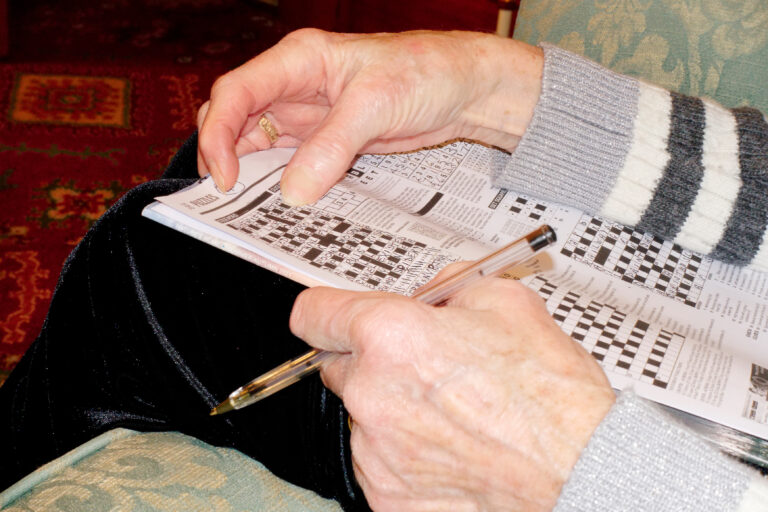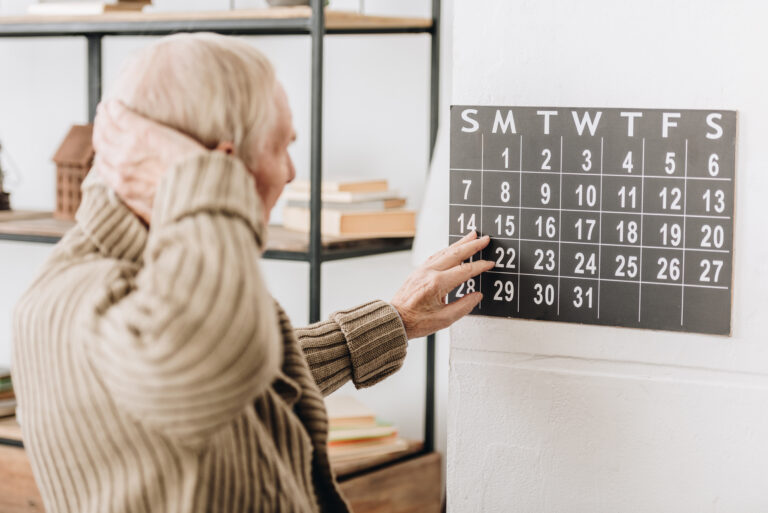Easy recycled paper bead activities can be incredibly beneficial for Alzheimer’s patients, offering a creative outlet that stimulates both the mind and hands. These activities are not only enjoyable but also provide therapeutic benefits by promoting relaxation and cognitive engagement. Here’s a comprehensive guide on how to create these activities and their benefits for Alzheimer’s patients.
### Benefits of Recycled Paper Bead Activities
1. **Cognitive Stimulation**: Engaging in activities like making paper beads helps keep the mind active. It involves problem-solving, such as deciding on colors and patterns, which can be particularly beneficial for Alzheimer’s patients by stimulating memory and cognitive function.
2. **Motor Skills Development**: The process of rolling, shaping, and stringing beads requires fine motor skills, which can help maintain dexterity and hand-eye coordination. This is crucial for individuals with Alzheimer’s, as it aids in maintaining physical abilities.
3. **Emotional Well-being**: Creating something beautiful from recycled materials can evoke a sense of pride and accomplishment. This emotional boost can improve mood and overall well-being, which is essential for managing the emotional challenges associated with Alzheimer’s.
4. **Social Interaction**: These activities can be done in groups, fostering social interaction and community building. Sharing creative experiences with others can reduce feelings of isolation and enhance the quality of life for Alzheimer’s patients.
### How to Create Recycled Paper Beads
Creating recycled paper beads is a simple yet engaging process that can be adapted to suit different skill levels and abilities.
#### Materials Needed:
– **Old Magazines or Newspaper**: These are ideal for creating colorful beads.
– **Scissors**: Used for cutting strips of paper.
– **Glue**: A strong adhesive like white glue or varnish is necessary for securing the beads.
– **String or Thread**: For creating jewelry or decorative items.
– **Optional Decorations**: Beads, sequins, or other embellishments can add extra flair.
#### Steps to Make Paper Beads:
1. **Cut Strips of Paper**: Cut long, thin strips from the magazine or newspaper pages. The width of the strip will determine the size of the bead, with narrower strips producing smaller beads.
2. **Roll the Paper**: Begin rolling the paper strip tightly around a toothpick or pencil. This helps create a uniform shape and ensures the bead is even.
3. **Secure with Glue**: Once the strip is fully rolled, apply a small amount of glue to hold it in place. Let it dry completely before handling.
4. **Varnish for Protection**: Apply a coat of varnish to protect the bead and give it a glossy finish.
5. **String the Beads**: Once the beads are dry, thread them onto a string or wire to create jewelry or decorative items.
### Adapting Activities for Alzheimer’s Patients
When engaging Alzheimer’s patients in paper bead activities, it’s essential to adapt the process to their needs and abilities. Here are some tips:
1. **Simplify the Process**: Break down the activity into smaller, manageable steps. For example, some patients might only be able to roll the paper, while others can handle the entire process.
2. **Use Assistive Tools**: Provide tools like pre-cut paper strips or already rolled beads to make the activity more accessible.
3. **Encourage Creativity**: Allow patients to choose colors and patterns, giving them a sense of control and creativity.
4. **Provide Support**: Assist patients as needed, especially with tasks that require fine motor skills or dexterity.
5. **Celebrate Achievements**: Praise and celebrate their creations, no matter how simple they may seem. This positive reinforcement can boost self-esteem and encourage continued participation.
### Integrating Paper Bead Activities into Daily Life
Incorporating paper bead activities into daily routines can enhance their therapeutic benefits. Here are some ways to integrate these activities:
1. **Regular Sessions**: Schedule regular craft sessions, even if they’re just for a few minutes each day. Cons





